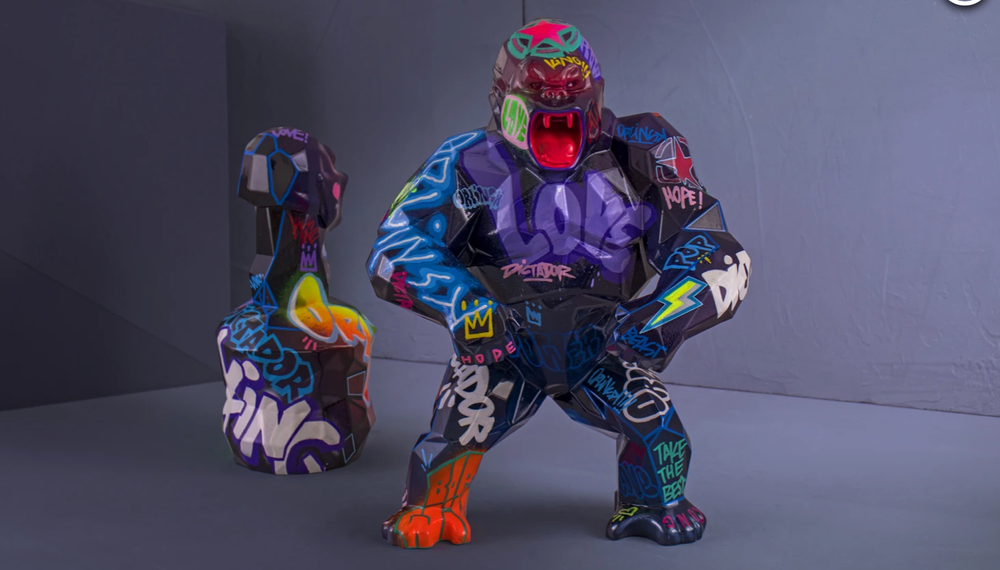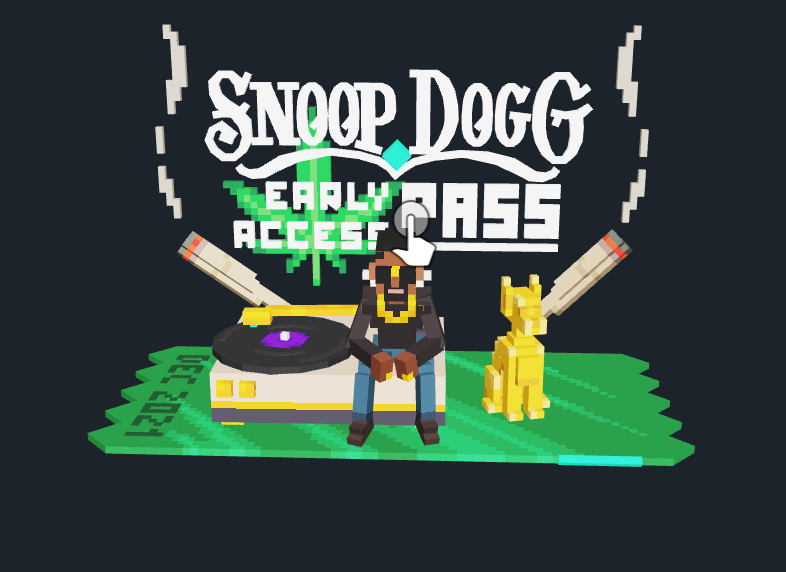Sometimes it can be wiser to stand back from the latest technology craze to see what it is all about before diving in. That’s definitely the case with NFTs, argues Kevin Shaw, founder and owner of Stranger & Stranger.
According to Fortune magazine every single Bitcoin transaction uses 707 kWh of electricity causing an emission of over 480kg – HALF A TON – of carbon dioxide. Think about that when you use your Bitcoin app to buy a glass of Pinot.
All this carbon comes from the electricity (and fossil fuels) driving hundreds of thousands of processors linked by the internet – the blockchain – to churn through the intentionally convoluted algorithm needed to generate, encrypt and store these imaginary coins. Which aren’t coins at all of course, just long sets of numbers and letters which the algorithm says are worth something to other people in the system. One big Bitcoin firm in Texas apparently has over 60,000 computers whirring away just trying to create more.
Bitcoin is responsible for more carbon emissions than most European countries – a study published in Nature Climate Change found unchecked Bitcoin emissions could raise Earth’s temperature by two degrees – and that particular brand of cryptocurrency is less than half the imaginary coin market.
NFTs turn to drink

Coca-Cola is one of a number of world leading drinks brands that have offered exclusive NFTs with its first online NFT collectibles auction raising over $500,000
It’s all very sad and unnecessary but, apart from clashing with everyone’s general concern for saving the polar bears, what has this got to do with the bottle design business?
Well, it had very little until one of cryptos arty cousins, also stored on the blockchain, came across my desk. NFTs have found their way into the drinks trade in the form of tokens – receipts or deeds – for digital label and bottle images offered as marketing promotions.
Let’s start with the TLA – the three letter acronym – in the room. NFT stands for Non-Fungible Token. The word fungible has nothing to do with mushrooms, but describes the property of a commodity to be interchangeable. Bitcoins are all the same and hence fungibly interchangeable, but NFTs can’t really be interchanged as they relate to different works of art with different values. Hence non-fungible.
They can be individually bought and sold, however, with, you know, money. Or more typically, and here’s where it doubles down on the poor polar bears, cryptocurrency.
Best to forget about the technical gibberish and just think about NFTs as encrypted digital receipts made out to you for photoshop files. Oh, and let’s not forget about the carbon, so just think about NFTs as encrypted digital receipts for photoshop files and that each receipt has driven itself 500 miles in a full fat gas guzzling truck to get to you.
Now, you might think that if you have an NFT receipt for a photoshop file you own that file but no; the artist retains the copyright just as they would with any work of art.
You might think that maybe you own the only copy of that file but no; the artist can make any number of these files and sell them to other people. You might think that some technical wizardry might make the file completely exclusive to your devices but no; I can still copy said image to my desktop using the highly advanced technical skill known as right click (option click if you’re on an apple).

Even the chance to own a collectible NFT Smurf is selling out
I might even print out that option clicked image on my laser printer and put it in a frame for my wall without harming a hair on a polar bear’s head. Ok, so it’s like a limited edition print then? No, an NFT is just an encrypted deed or receipt for an image.
NFTs: The scams
Maybe they’re valuable? There are NFT trading platforms so by using NFT images in marketing are we adding massive value, giving away to one lucky winner deeds to an image file that might be actually worth something?
And that brings me to the scams. Oh yes, there are always scams, but NFTs have the full Baskin Robbins 31 flavours of scam. The podcast ‘Overpriced JPGs’ describes it as the wild west. “Expect everything to be a scam,” warns Joe Tavares, a blockchain expert.
One day a hacker in a basement will use a home made quantum processor to steal it all but the hacks and scams are happening right now and all day. Wash trading, or selling the same NFT to yourself through different wallets to artificially raise the price, is rife; it’s very difficult to know whether the art file you’ve bought was actually owned by the seller; people have disappeared with the files and the money; there are pyramid schemes and straightforward hack theft; but all this hasn’t stopped the NFT market from crashing through the $40 billion mark.
What to do?

Drinks brands, such as Dictator rum above , have allowed investors to buy NFTs that they can then exchange for exclusive bottles of their brands
So what’s the deal and should you really beware of geeks bearing gifs? At a time when people are paying millions for ‘land’ in a virtual metaverse – being Snoop Dogg’s neighbour in the virtual world at Sandbox.game costs $450,000 – nothing should surprise us anymore particularly the sale of imaginary assets.
Remember Second Life in 2003, where you controlled your computer avatar as it staggered around a virtual world, and remember people were paying fortunes back then to dress their avatars in virtual Gucci? Sure you do, you might even be one of the claimed 800k people still logged in. Well, this is virtual life 2.0, but this time on virtual headsets and people are paying stupid crypto for NFT running shoes to attend a virtual concert.
Let’s just hope, Mr Anderson, that when it inevitably goes full Matrix that the machine world honours those ‘land’ deals and fancy loafers.
NFTs clearly offer huge benefits to digital artists in terms of hype and sales opportunities and they sometimes even get a percentage every time the NFTs change hands, but at this climate cost you might argue that they should be donating that fee straight to Save the Earth.
We hire illustrators all the time, dozens of them, they send files and we send cheques. No crypto, minimum carbon. We might even do a limited edition print for a consumers’ wall and if someone tries to rip off the work then we or the illustrator hire a copyright lawyer and get compensation minus the lawyers’ fee. It works pretty well, doesn’t melt an icecap, but it also doesn’t sound as sexy in the marketing spiel as the trending N. F. T.
Whether this is another emperor’s-new-clothes-multilevel-ponzi-cult is debatable – a few people are making sub prime derivatives levels of crypto for receipts for little cartoons of monkeys – but when environment is front and centre, when every brief we get includes sustainable credentials, when we are using recycled label papers and shaving grams off bottle weights to save glass, and when corporations and countries are shouting their green targets from the rooftops we should probably be wary of supporting a medium until it’s cleaned up its act.
- Kevin Shaw’s Stranger & Stranger design agency is a partner of The Buyer and Sophie Jump’s One Step Beyond webinar series on future trends in consumer behaviour, technology and innovation.









































